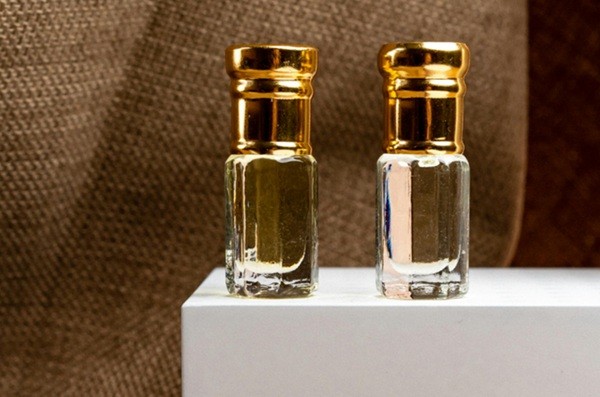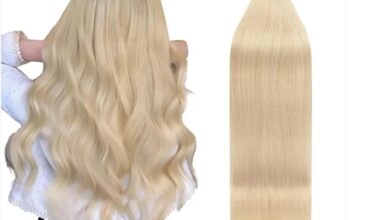How to Choose a Perfume Without Getting a Headache

When Fragrance Overwhelms Instead of Delights
For many people, perfume is a pleasure. But for others, it can be a trigger—headaches, nausea, or just plain discomfort. If you’ve ever walked through a fragrance store and left feeling dizzy, you’re not imagining things. Some perfumes are too strong, too synthetic, or simply not compatible with your senses.
Choosing a fragrance that doesn’t overwhelm you requires patience, awareness, and the right testing method. That’s where a fragrance subscription can come in handy—offering smaller samples to try gradually, without committing to a full bottle that ends up unused on your shelf.
Why Do Some Perfumes Cause Headaches?
There isn’t one universal cause, but several factors can contribute to fragrance-induced headaches. These include:
- Sensitivity to synthetic compounds like aldehydes or aroma chemicals
- Overuse of strong base notes like patchouli, amber, or musk
- Heavy concentration levels such as extrait de parfum or intense eau de parfums
- Poor air circulation during application
Your body chemistry may react differently to certain ingredients, amplifying some notes and muting others. This can result in a distorted scent experience. Using a fragrance subscription allows you to explore lighter or cleaner scent families in smaller doses, helping you avoid overpowering options.
Stick to Low-Intensity Concentrations
One of the easiest ways to prevent headaches is to start with lower perfume concentrations. These include:
- Eau de cologne: Contains 2–5% fragrance oil; very light and ideal for layering
- Eau de toilette: Has 5–10% fragrance oil; typically fresher and faster-fading
- Hair mists and body sprays: Less concentrated and more breathable
Avoid extrait de parfum unless you know you can tolerate the intensity. These higher concentrations, while luxurious, often cling heavily to skin and clothing.
If you’re unsure which concentration works for you, a fragrance subscription can help you test different formats before buying a full-size version.
Know Which Notes to Avoid
Some ingredients are more likely to cause a headache, especially in high doses or poor blends. These include:
- Tuberose: A bold white floral that can be cloying
- Synthetic musks: Can smell sharp or overly soapy to some people
- Oud and leather: Deep, smoky notes that linger for hours
- Heavy ambers and resins: Long-lasting but often dense
If you’ve had a bad experience with perfume before, it’s worth noting what type of scent it was. On the other hand, lighter notes like citrus, green tea, cucumber, soft florals, and aquatic accords tend to be more agreeable and less overwhelming.
A fragrance subscription often includes a range of scent types, letting you zero in on what feels easiest on your senses. You’ll start to identify patterns—maybe airy florals work well while spicy orientals don’t.
Apply With Care
The way you apply fragrance can also determine how it affects you. If you’re spraying directly under your nose (like on the neck or chest), you’re more likely to feel overwhelmed. Instead, apply perfume:
- On the back of your knees
- Inside your elbows
- Behind your ears (just a dab)
- On a hairbrush before styling
You can also spritz a scarf or jacket lining—this diffuses the scent more gently than applying directly to skin.
Start with one spray only, especially with unfamiliar scents. A fragrance subscription lets you control how much you use, which is ideal when testing your reaction to a new perfume.
Test in the Right Environment
Scent behaves differently depending on your surroundings. If you test perfume in a crowded department store, you’re mixing it with dozens of other airborne fragrances. Your nose gets overloaded, your perception distorts, and headaches become more likely.
Test perfume in quiet, well-ventilated environments. Mornings are best—your nose is fresher, and your skin isn’t yet covered in layers of other products. If you’re testing at home through a fragrance subscription, try one sample per day. Take notes. See how it evolves after an hour, and how you feel after wearing it for several hours.
Trust Your Nose, Not the Bottle
Packaging is deceptive. A minimalist bottle might contain the loudest scent you’ve ever worn, while a flashy design could hide something surprisingly soft. Don’t judge by the branding or marketing.
Start by smelling the cap or spraying on a paper strip—but don’t stop there. You need to wear it to understand how it interacts with your body chemistry and your senses.
A fragrance subscription helps reduce the pressure of choosing based on packaging. Since you’re receiving samples, you’re more likely to rely on the actual smell, not the design or celebrity endorsement.



